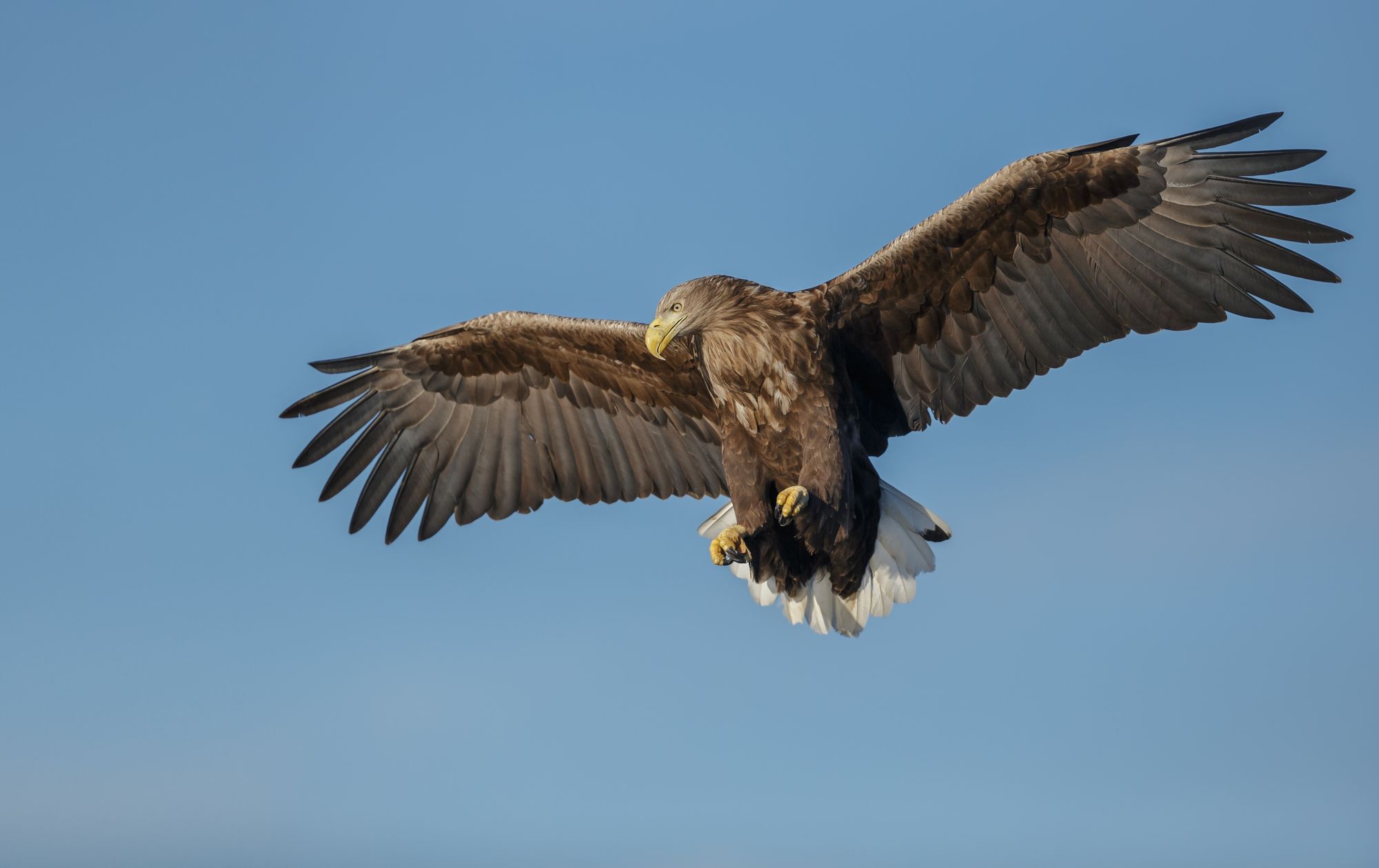There is a fully-grown white-tailed sea eagle sitting a couple of feet to my left on the chairlift. It’s meant to be there; staring out over the French Alps from beneath the Pointe de Nyon (2,109m) with its beady little eagle eyes. Between myself and the eagle - who is called Fletcher - sits an eccentric Frenchman called Jacques-Olivier Travers. The conservationist owns a restaurant on the slopes of Morzine, Les Aigles du Léman, and is the man who is set to reintroduce sea eagles to France - after an absence of 130 years.
There’s more than 130 breeding pairs now in Scotland, and they started with nothing. My belief is that we can do the same in France.
“There is a crisis of biodiversity,” Travers tells me, as we float up the Raverettes chairlift. “We are losing so many species. So when you can do something to help nature, it’s very important to do it. This bird was living in France for maybe a million years, and then in around a century we killed all of them. Now, I think that it is my duty to do something to help bring them back into the wild.”
Fletcher pivots his head around and makes eye contact, as if in agreement.
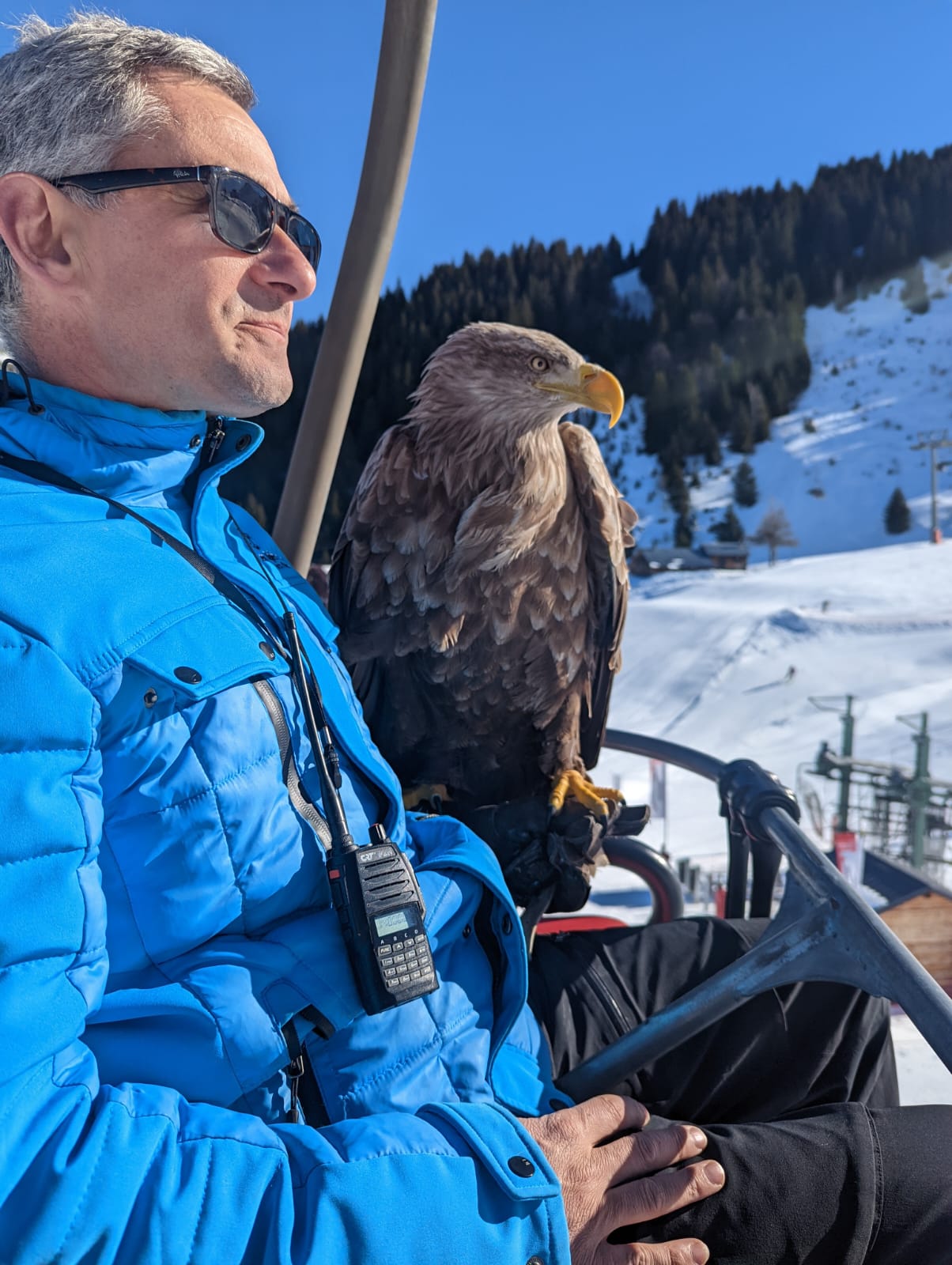
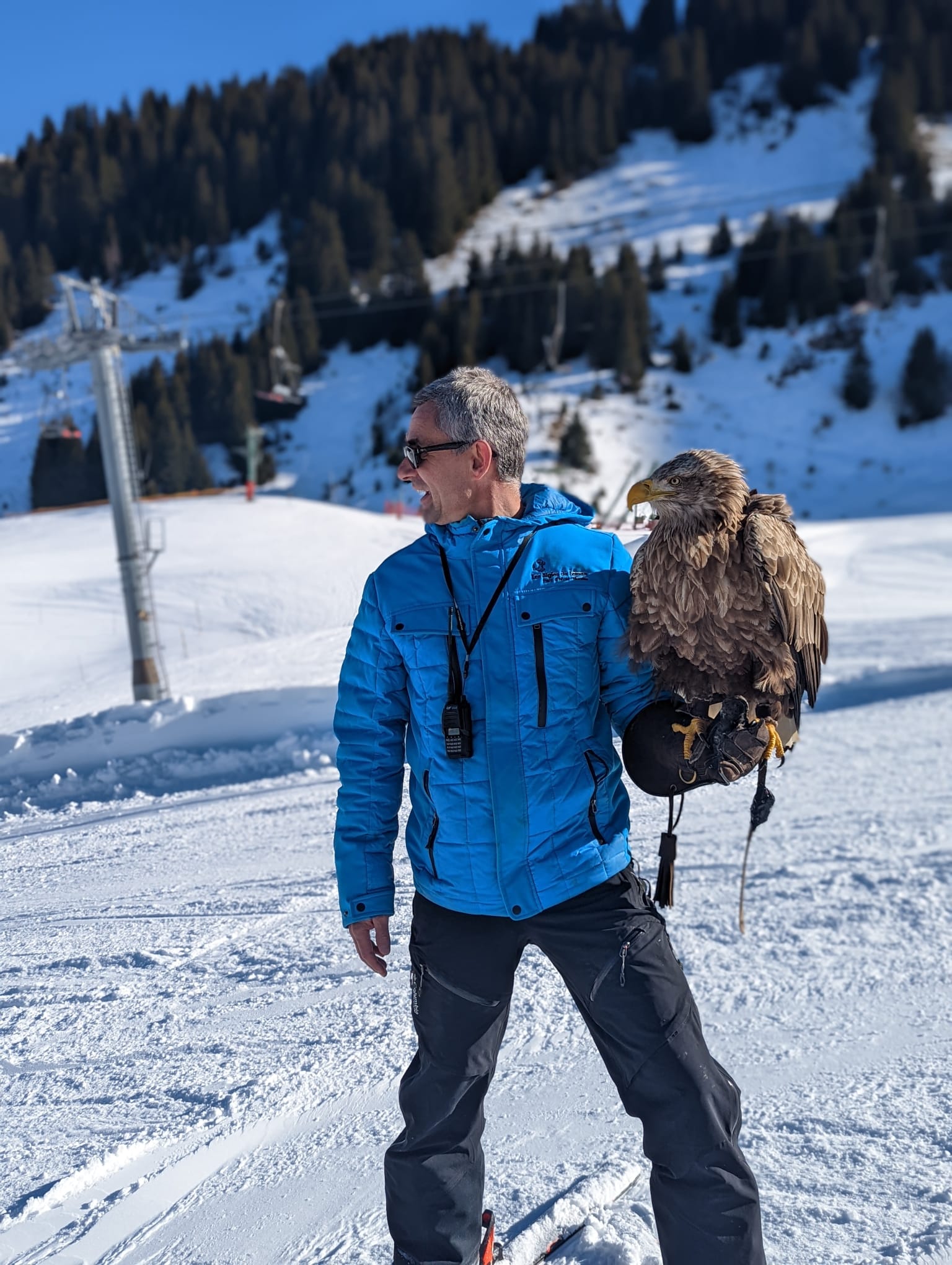
“I got Fletcher when he was four years old,” explains Travers. “He was born in captivity, and he never flew out of his aviary. It was important for me that he learned how to fly and did so in the mountains - in his natural environment - so I spent three years teaching him how to fly, and now we ski, paraglide and kayak together. He is the ambassador for our reintroduction programme.”
Jacques-Olivier and Fletcher have been up Mont Blanc, with the falconer paragliding back down to Chamonix while the bird flew with him. They've done flights from the Eiffel Tower, and from the Burj Khalifa in Dubai, the Olympic Stadium in London and from numerous other spots, racking up millions of video views in the process. “It’s important to raise awareness of this bird species,” says Travers, “and ensure that people don’t forget about it altogether.”
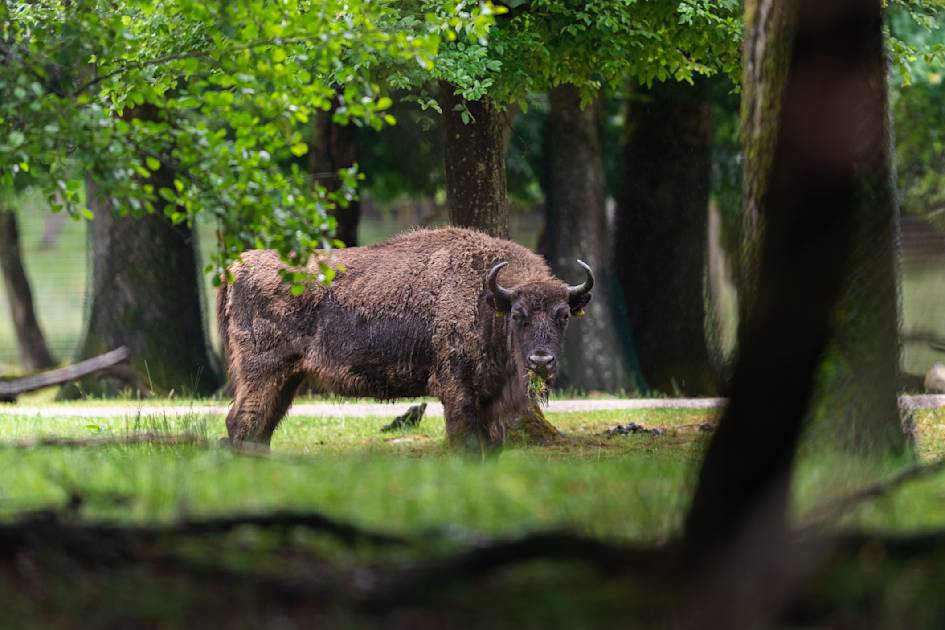
White-tailed sea eagles were driven to extinction in mainland France in the late 1800s, due to intense persecution. The last record of them was in Thonon les Bains (on the shores of ‘Lac Leman’, better known as Lake Geneva) in 1892, and it's at this same lake where they will be reintroduced. Ensuring that the new birds don’t suffer a similar fate to their 19th-century predecessors is crucial. Hence the PR work - and the years of discussions with concerned parties.
“Most people think that if you reintroduce an animal like this, that it will kill cats or sheep or chickens, and that it’s a competitor for you if you’re a farmer or a fisherman,” says Jacques-Olivier. “That’s why I’ve done so many events with Fletcher, so that people can see the eagle can fly into a town and show it’s not dangerous to people. When they see me flying or skiing with Fletcher, with cats and people all around, they realise maybe it isn’t so dangerous.”
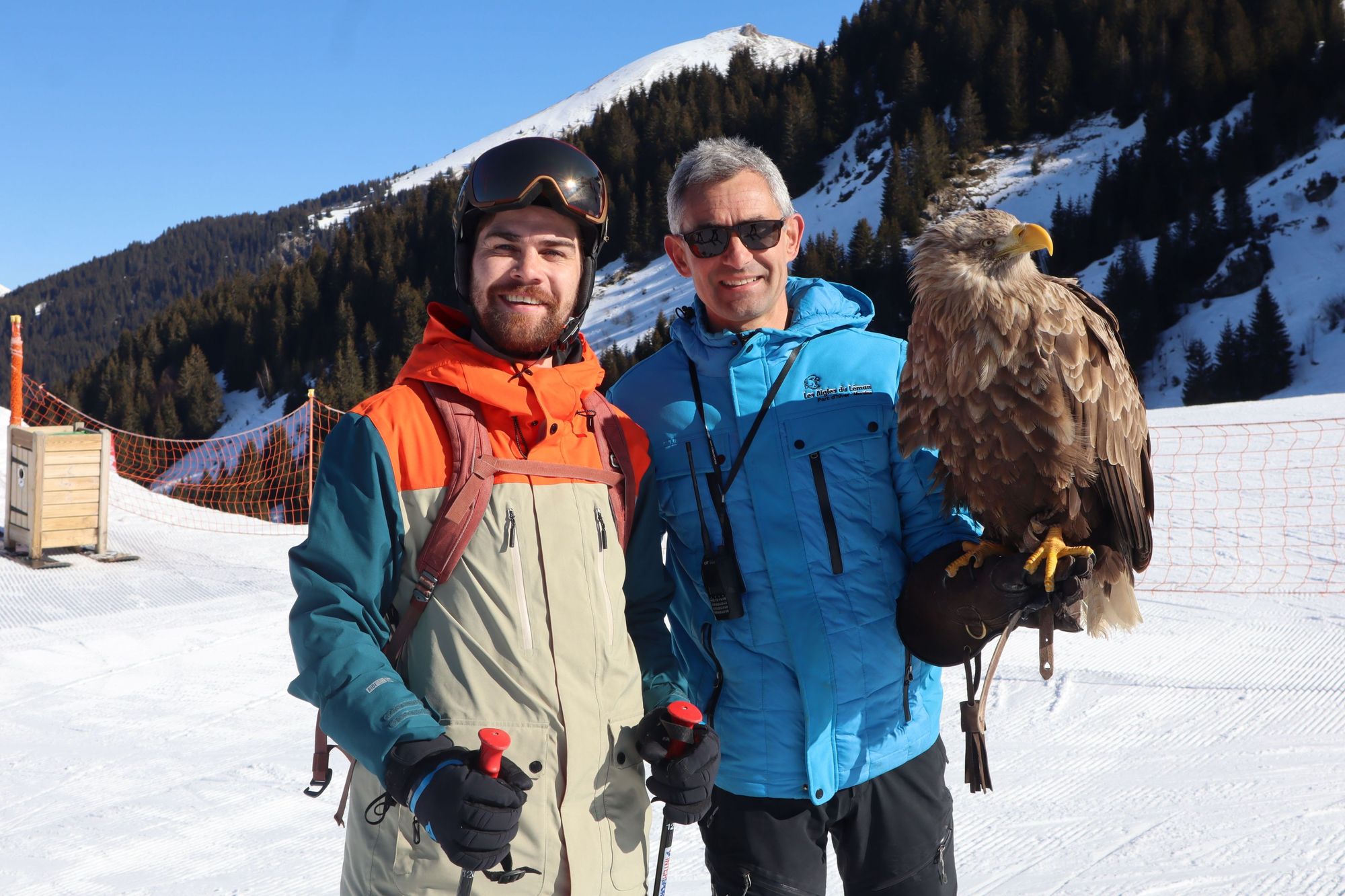
That’s what we’re doing today - skiing with Fletcher. We disembark the chairlift, and Jacques-Olivier signals to the bird that it’s time to take to the skies. Fletcher doesn’t need a second invitation, and we’re soon swishing down the slopes beneath the two-metre wingspan of the sea eagle, turning fellow skiers' heads (and bringing out their smartphone cameras) as we go.
The attention is not just welcome, it’s part of the plan. “When I ski with Fletcher, everybody stops and asks about the bird,” says Travers. “It starts a conversation - and it makes it easy to speak about conservation.”
The reintroduction programme has been a long journey. For me, it's the achievement of my life.
Travers continues: “It was important to personalise the programme. We’ve been everywhere in France, and now everybody knows Fletcher. He’s a character in the story. Everybody knows he was born into captivity, and that his babies might go back into the wild. It’s a nice story to tell.”
While the sea eagles will be the first back at Lake Geneva, others have actually returned naturally to France. In 2011, two sea eagles came to settle in Lorraine. In 2018, there were nestings in Brenne and Champagne, and a fourth pair settled in 2020 between the Marne and the Meuse. Travers' programme is aimed at reinforcing the population and at settling new territories quickly, "as a necessary action for the perennial return of the species in France".
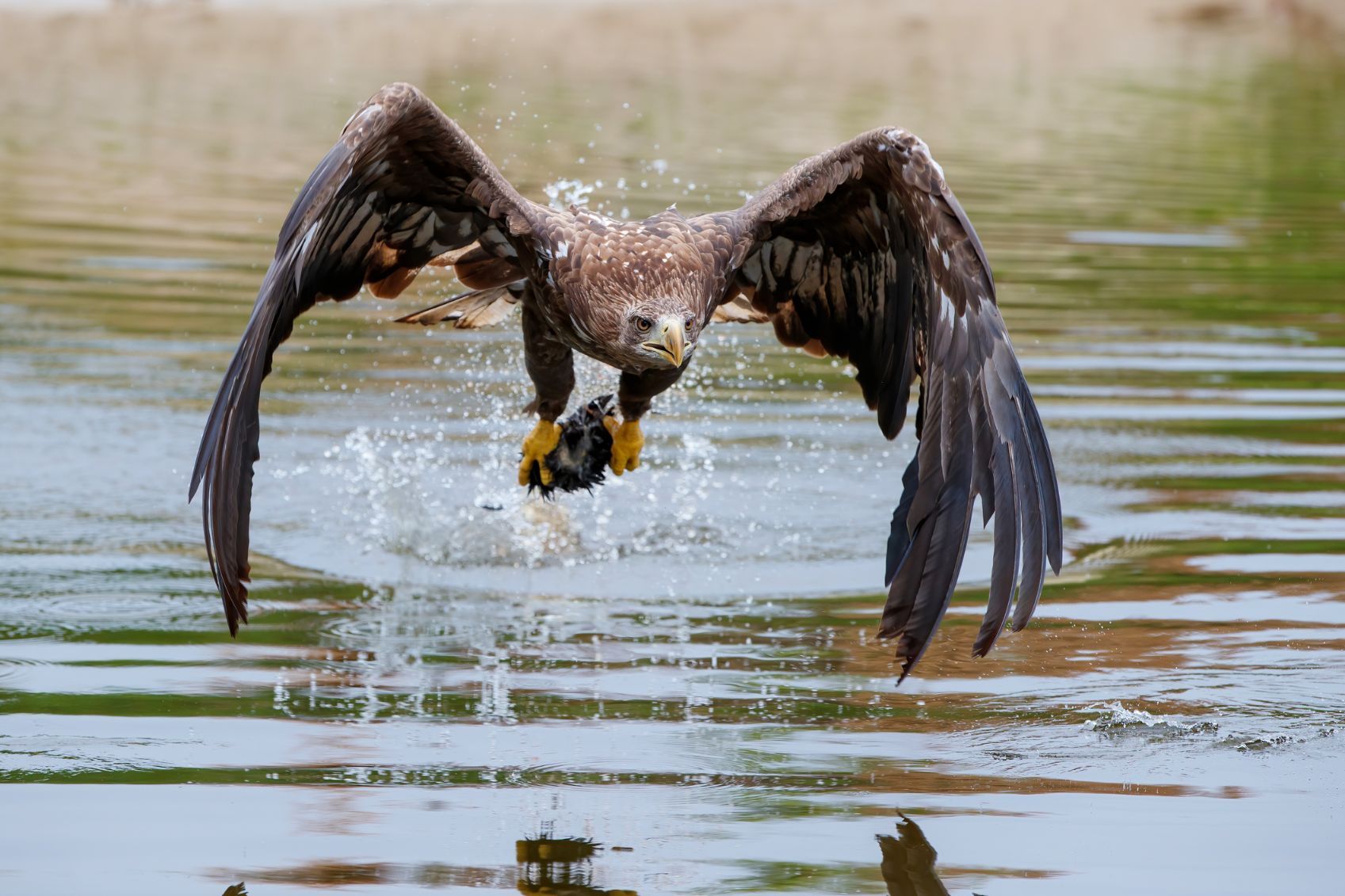
Six birds will initially be released, all born in captivity, to the Lake Geneva basin between 15 June and 15 July 2022, with 80 more to follow by 2030.
Travers first brought sea eagles to France from Russia in 2009, and now has nine breeding pairs at his park on Lake Geneva. The reintroduction programme will be pioneering a new technique called ‘the parental cleat’. It alters the traditional method of re-introduction (known as 'hacking'), which involves taking young birds from zoos or nests in the wild to a conservation area, then releasing them and providing food supplementation for a few months.
“The abrupt separation from the parents and the short time spent on the reintroduction site seem to limit the survival rate of the young,” says the Les Aigles du Léman website of the 'hacking' technique. “Our idea is to try to improve the survival rate and the fixation on the territory of the young.”
Travers' nine breeding pairs come from zoological parks. Each is as close as possible to the "source population" of the bird, to ensure strong genetics.
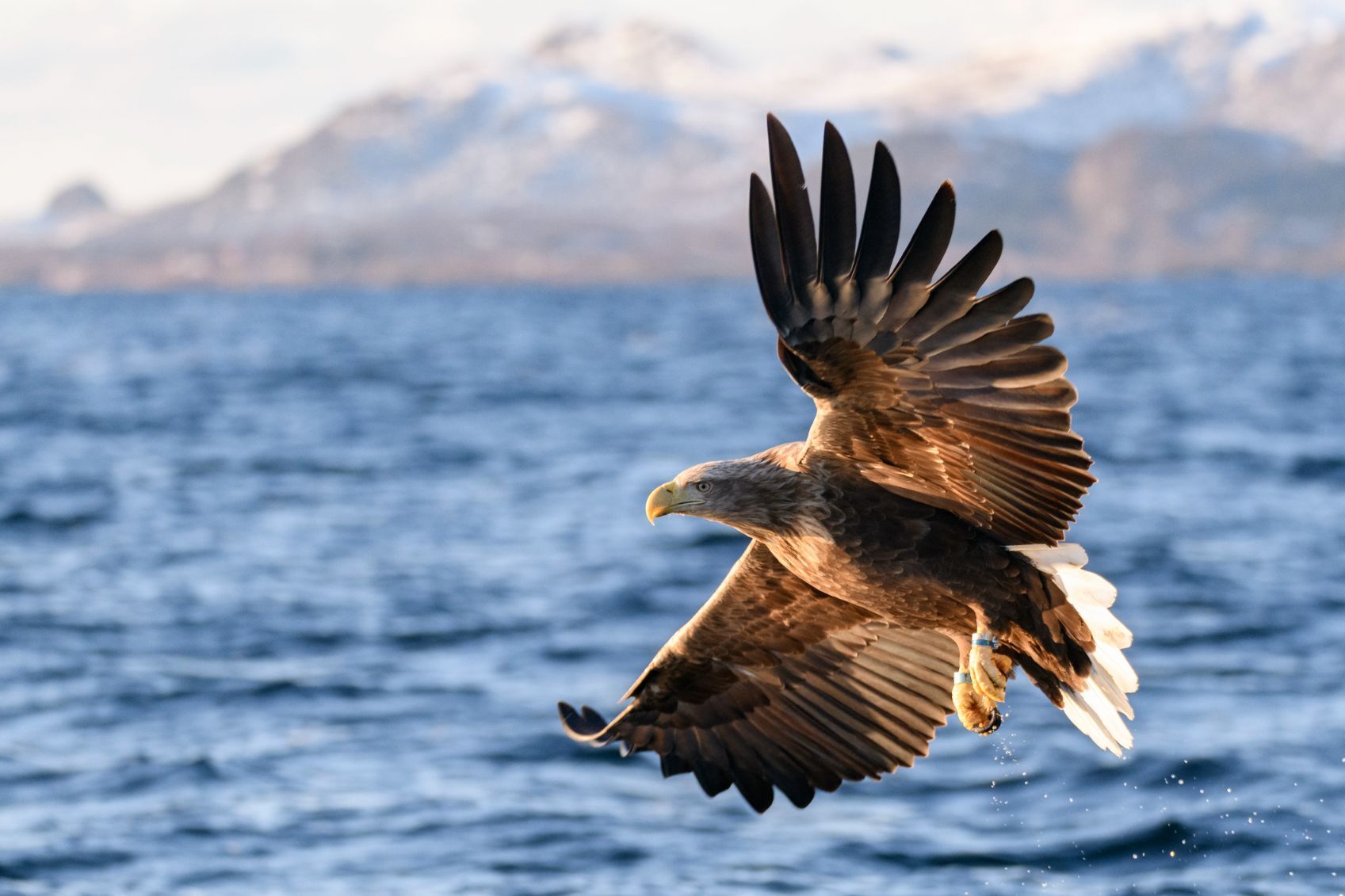
In the new technique, “the young are raised directly on the reintroduction site by their parents, in a large aviary, until the age of eight weeks then they are placed in an external nest, but in contact with the parents simply separated by bars. They will thus be able to emancipate themselves at their own pace without any break with the parents. This will not create any trauma linked to the separation with the parents and to the transport to an unknown release site.”
Scientific studies will be carried out around the project, including video surveillance of the birds, GPS tracking, and field observations, with regular reports on the progress which will help to validate (or highlight issues with) the new 'parental cleat' technique. The “studies carried out will allow us to know if Jacques-Olivier’s intuition was right or not - and if in the future it presents a real evolution for reintroduction programs,” says the website.

Travers has taken inspiration from the reintroduction of sea eagles to Scotland, where a successful programme was led by the pioneer Roy Dennis in the 1970s.
“There’s more than 130 breeding pairs now in Scotland, and they started with nothing,” says Travers. “My belief is that we can do the same in France.”
A study released by the RSPB in March 2022 revealed that sea eagles in Scotland are now said to account for £4.9m-£8m of spend every year on the island of Mull (population 2,800) alone. That money supports 98-160 full-time jobs, they say, and contributes between £2.1m and £3.5m to local annual income.
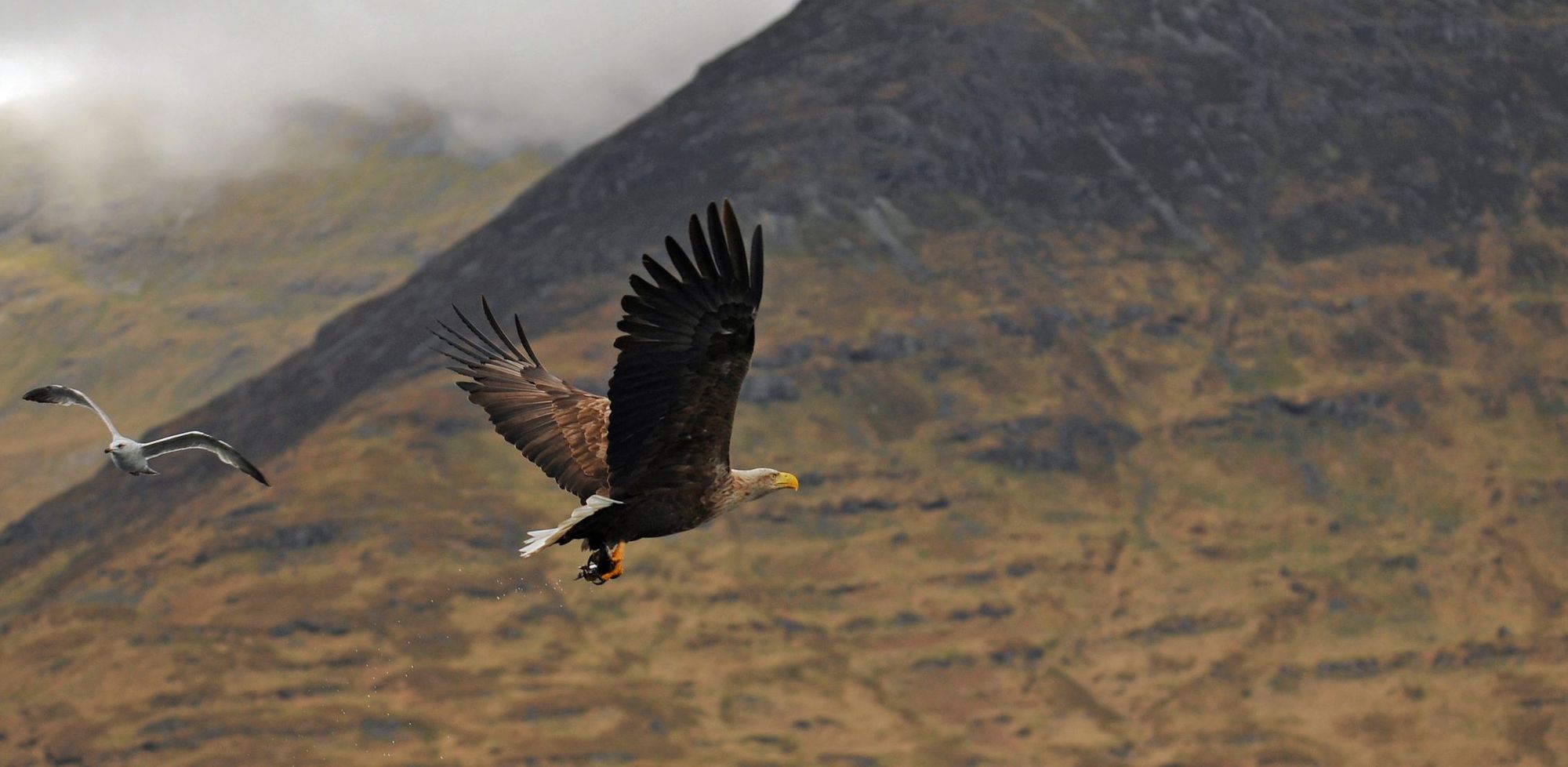
Travers travelled to Scotland to meet Dennis as part of his research.
“Roy Dennis is the best guy to learn from when it comes to reintroduction programmes,” says Jacques-Olivier. “And I wanted to see for myself how [the birds] lived in the wild. What was it like to put them back in the wild? Where is the best place that I can release them, and how can we find a similar landscape to that of Scotland in France, even if the countries are very different places?”
Our time on the slopes with Fletcher ends back at Les Aigles du Léman, where Jacques-Olivier jumps back behind the counter to serve hungry skiers tartiflette and sell sea eagle keyrings. The profits from the restaurant help fund the project.
For the French conservationist, the reintroduction project is the defining moment in a career which has been dedicated to birds of prey.
“I got my first bird when I was 11,” he tells me. “I fell in love immediately, and it’s been my passion ever since. The reintroduction programme has been a long journey. It’s been 15 years of my life. But this year they will come back into the wild, and for me, it's the achievement of my life.”
Inspired? Check out our range of rewilding adventure holidays, which help create circular, nature-based economies and boost biodiversity!

